Buzzing with Bees
In this blog, we’ll explore why bees are so important for our environment and why it’s great for children to learn about them.
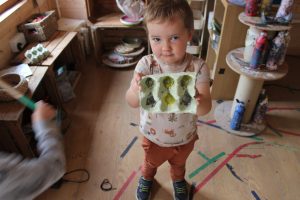
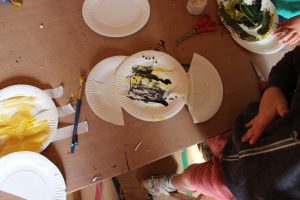
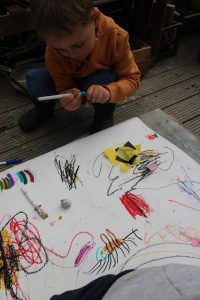
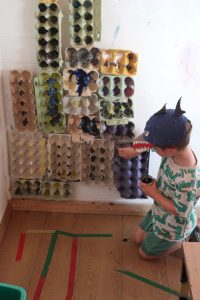
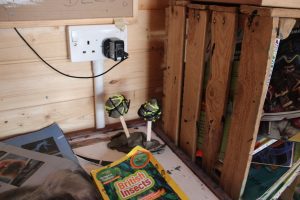

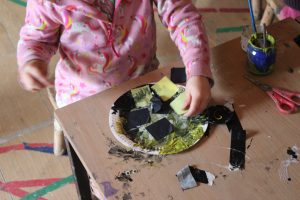
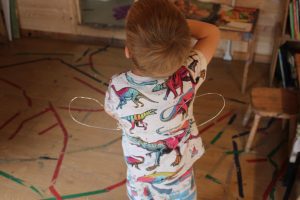
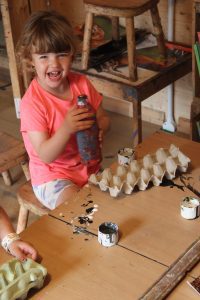
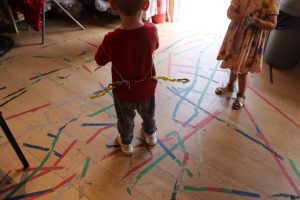
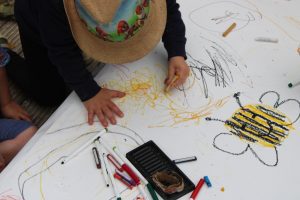
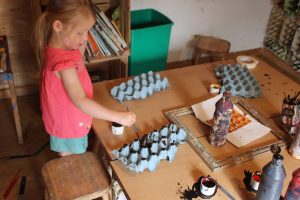
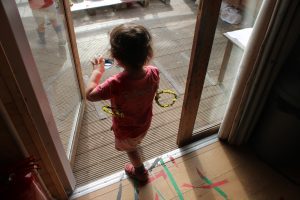
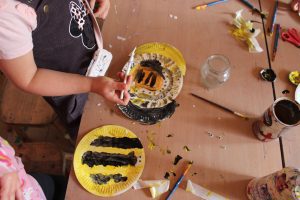
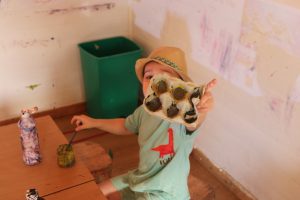
What are bees?
Bees are essential pollinators that help plants grow and produce the food we eat. Teaching children about bees can foster a love for nature, encourage environmental stewardship, and inspire curiosity about the natural world. From honeybees to bumblebees, carpenter bees to sweat bees, there’s a wide variety of bees out there, each with its own unique characteristics and roles in the ecosystem. Bees have different roles within their colonies. The queen bee lays eggs and leads the hive, while worker bees gather nectar, make honey, and care for the colony. Male bees, called drones, mate with the queen. Each role is essential for the survival of the hive! This is what the children have been exploring through different materials and with lots of imagination!
The first interest in bees happened when one kind bee came to visit us in the art studio and stayed with us throughout the session.
Children’s quotes:
“Is the bee our friend?”
“Did you ask the bee to come visit the art studio?”
” Has the pesky pirate brought the bee here?”
The project:
Therefore, the interest blossomed into a 4 week project. In the art studio, the children were buzzing with excitement as they dived into the world of bees. They used their creative skills to construct intricate bee hives out of kindly donated recycled egg cartons, adding pops of colour and intricate details to make them come alive. With clay and other loose parts, they sculpted their own unique bees, paying attention to details like wings, stripes, and fuzzy textures.
The children also incorporated role play into their bee exploration. They used their crafted bee wings to buzz around, immersing themselves in the world of bees. They even invented a game called “Sting,” where they pretended to be busy bees collecting nectar and avoiding obstacles and of course stinging their friends and Art Studio Jess ! It was a way for them to engage their imaginations, develop social skills, and deepen their understanding of bees through interactive play. The art studio truly became a hive of creativity and fun!
How to help the bees:
Here are some ways in which we can all help Bees thrive in our world the way they help us thrive too!
1. Plant a Bee-Friendly Garden: Get your hands dirty and create a buzzing paradise by planting flowers, herbs, and shrubs that attract bees. Sunflowers, lavender, and wildflowers are just a few examples of bee-friendly plants that can provide a nutritious food source for these important pollinators.
2. Build Bee Hotels: Help provide shelter for solitary bees by constructing bee hotels. These can be made from simple materials like bamboo or drilled wooden blocks. Hang them in your garden to offer nesting sites for these beneficial insects.
3. Avoid Pesticides: Teach children about the harmful effects of pesticides on bees and encourage them to choose natural alternatives for pest control in the garden. This way, we can create a safe environment for bees to thrive.
4. Learn About Beekeeping: If you have the space and resources, consider exploring the fascinating world of beekeeping with your children. It’s a hands-on experience that allows them to learn about the life cycle of bees, the importance of honey production, and the role of beekeepers in supporting bee populations.
5. Spread Awareness on the fascinating things that Bees do!
By involving our children in these activities, we not only help bees thrive but also foster a deeper appreciation for nature and the environment. Together, we can make a positive impact on bee populations and create a brighter future for these incredible creatures
In conclusion, the art studio became a vibrant space where children explored the vibrant colours and patterns of bees, learning about their importance in the environment while having fun with art. It’s a delightful way for children to connect with nature and foster their artistic talents!
Jess Snaddon.